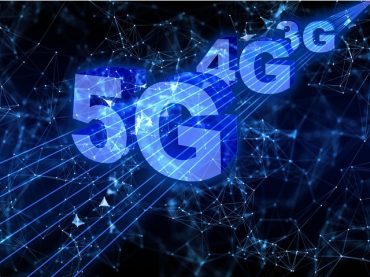
Italian tire manufacturer Pirelli debuted its ‘Cyber Tire’ at the 5G Techritory event. The tire uses the low latency of 5G to reduce accidents on the road.
Italian tire manufacturer Pirelli debuted its ‘Cyber Tire’ at the 5G Techritory event. The tire uses the high bandwidth, low latency of 5G to reduce accidents on the road.
The Cyber Tire has built-in sensors that detect water and ice on the road, and are able to communicate potential dangers to the vehicle. With the use of 5G, the tires can also warn other cars and road objects, through V2V and V2X communication.
SEE ALSO: How 5G Could Improve Food Traceability
Pirelli sees the future of road traffic as a connected ecosystem, in which cars relay information to other cars nearby and to connected road signs and traffic lights. It believes, due to the tire being the closest element to the road, it can provide data on road conditions the quickest.
“No other element of a car is as connected to the road as the tire,” said Corrado Rocca, head of Cyber R&D for Pirelli. “There are many modern sensors; lidar, sonar, cameras, but nothing on the ‘touching’ side of the car.”
Most modern cars are already equipped with anti-lock brakes and electronic stability control, reducing the risk of hydroplaning and crashes. However, the use of 5G could proactively adjust the car’s speed and alert the driver to issues on the road.
“Because we’re sensing the ground constantly, we can warn of the risk of hydroplaning well before you lose control,” said Rocca. “The warning could appear on a screen, or the car could automatically decide to correct it with ABS or ESC.”
Deploying 5G on roads is seen to some as a necessity for autonomous vehicles, however, others believe self-driving can be powered solely with on-board sensors and computers. Pirelli is clearly a part of the first group and wants its tires to be a part of the networking evolution.






























